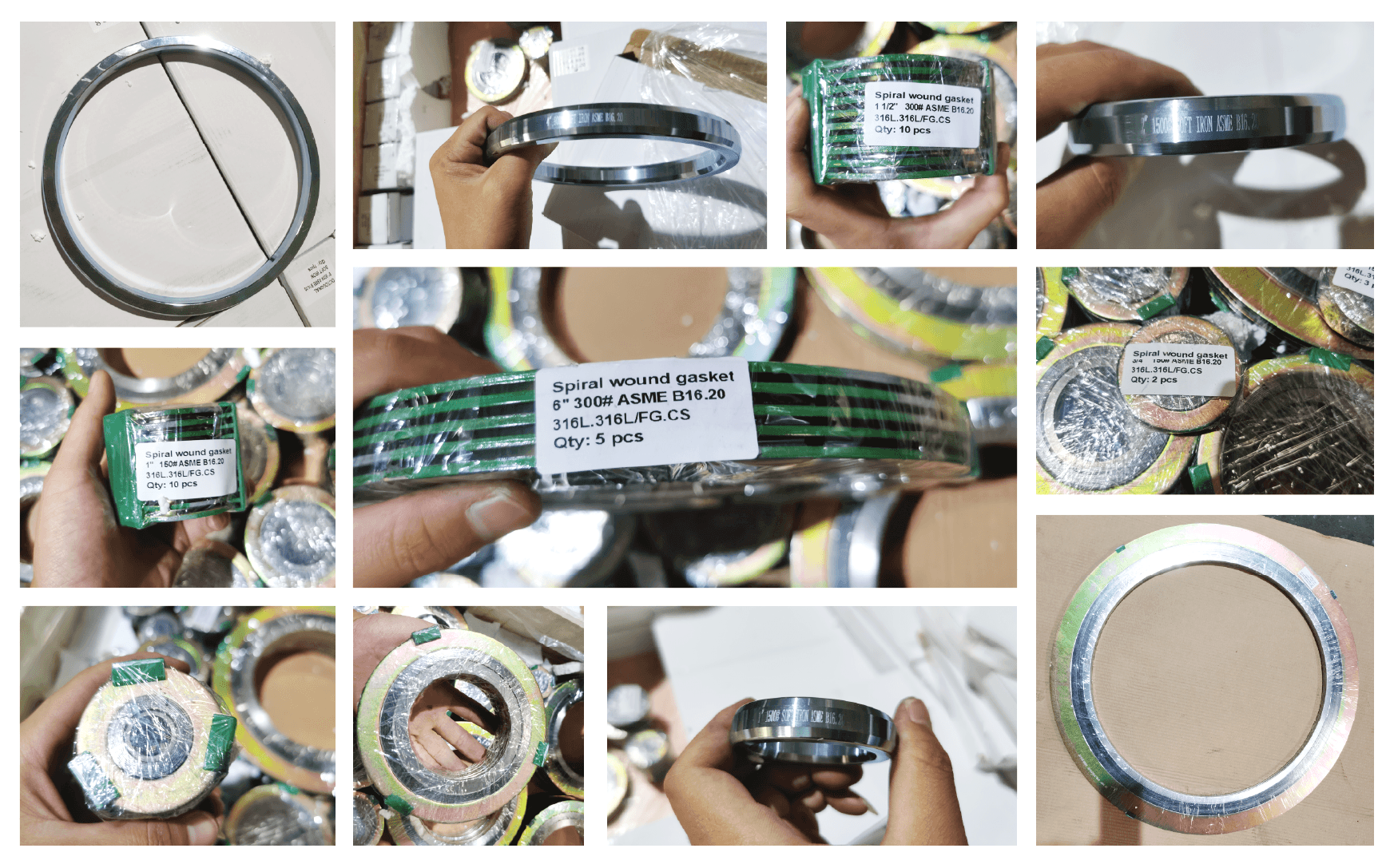Share this
Flange gaskets are sealing components used in the connections of pipes, containers, and equipment. They are typically made of rubber, metal, or plastic. They have the following primary uses and functions:
Sealing: Flange gaskets are used to fill and seal gaps in connections, preventing leaks of liquids, gases, or dust. They can withstand sealing requirements under high pressure and high-temperature conditions, ensuring reliable sealing performance at the connection.
Corrosion prevention: Flange gaskets separate contact between different media, preventing corrosion and chemical reactions. They can be used for connections between other materials, such as metals and non-metals, effectively isolating media and protecting the materials at the connection.
Vibration and shock absorption: Flange gaskets have a certain level of elasticity and flexibility, allowing them to absorb vibrations and shocks generated during the operation of pipes or equipment. They can reduce loosening or connection damage caused by vibrations, increasing system stability and safety.
Compensation for misalignment: During the connection process of pipes or equipment, slight misalignment or offset may exist. Flange gaskets can fill the gaps caused by misalignment, maintaining stability and sealing performance at the connection.
Vibration and noise reduction: The elasticity and flexibility of flange gaskets enable them to absorb vibrations and noise generated in pipes or equipment, reducing noise pollution in the system.
In summary, flange gaskets play a crucial role in the industrial field by providing essential sealing and connection functions. They ensure the safe operation of pipes, containers, and equipment, offering reliable sealing performance to prevent leaks and corrosion. They are indispensable components in many industrial systems.


